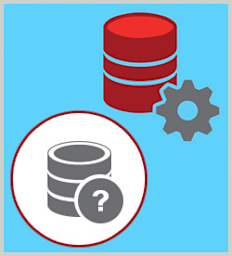
Microsoft SQL Server 2016: Monitoring Database Activity and Queries
Course Overview
An enterprise database infrastructure has a lot of moving pieces, and it's crucial that they be monitored. This course focuses on managing and monitoring SQL Server database activity and queries. Covered topics include monitoring current sessions, identifying sessions that cause blocking activity or consume tempdb resources, configuring a data collector, and creating a utility control point. In addition, it covers query monitoring activities such as managing the Query Store, configuring Extended Events and trace events, identifying problematic execution plans, and troubleshooting server health using Extended Events. This course is one of a series in the Skillsoft learning path that covers the objectives for the 70-764: Administering a SQL Database Infrastructure exam.
Target Audience
Database administrators and database professionals
Learning Objectives
- recognize the types of activities that can be monitored using Activity Monitor
- use Activity Monitor in SQL Server Management Studio to monitor database activity
- identify blocks using Activity Monitor and stored procedures
- describe the role of the data collector
- describe the components that make up the data collection system
- configure the data collector
- use System Monitor to monitor resource usage
- describe the purpose of utility control point and the requirements for its use
- use the Create UCP wizard to create a SQL Server utility control point
- complete the creation of a SQL Server utility control point
- describe the purpose of the Query Store, its features, and configuration options
- describe scenarios for using the Query Store
- describe the features, benefits, and architecture of performance monitoring with Extended Events
- create an Extended Events session
- recognize how Extended Events can be used to troubleshoot performance issues
- describe the features, benefits, and architecture of SQL Trace
- describe the uses of SQL Trace
- identify issues with execution plans
- monitor database activity in SQL Server 2016







